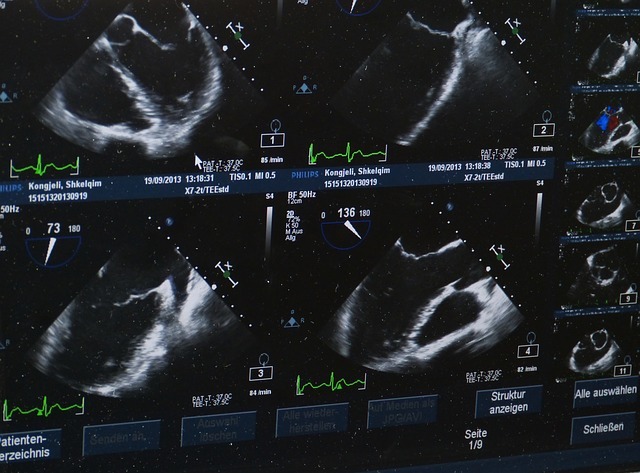
Advanced digital imaging solutions developer OmniVision Technologies has launched OH02A1S, the world’s first RGB-IR medical image sensor to reduce endoscope size, cost, power and heat by half.
The OH02A1S sensor simultaneously captures white-light RGB and infrared monochrome images in a single CMOS sensor.
It allows surgeons to switch between RGB and IR in real time, or to display both images simultaneously on single overlay or two side-by-side monitors.
The OH02A1S sensor features the 1.4 micron PureCel pixel architecture with 4×4 binning to provide high quality images, and provides 1080p (1920×1080) resolution at 60 frames per second (fps) or 720p (1280×720) at 90 fps, through a 2-lane MIPI serial output, said the company.
Also, the sensor integrates 2kb of one-time programmable memory on-chip, and consumes only 90milliwatts at full power, generating less heat for greater patient comfort.
OmniVision is offering the new OH02A1S image sensor in a 1/6-inch optical format and a compact 3.8×2.9mm chip-scale package.
OmniVision medical marketing director Tehzeeb Gunja said: “Until now, the need for two image sensors made the size and heat of endoscopes excessive for many areas of the body. Additionally, the added cost was too high for disposable scopes.
“The OH02A1S significantly expands the number and reach of endoscopic procedures that can be performed, while reducing design complexity and making RGB-IR sensing affordable in disposable endoscopes for the first time.”
OmniVision’s new sensor OH02A1S improves the endoscopes from previous versions
IR light is used in endoscopic pre-cancer and cancer detection procedures, and is also employed by surgeons to confirm abnormalities detected using infrared.
Previously, the procedures are performed by integrating two independent imager sensors, which makes endoscopes large in size, increases costs, power consumption, and induce heating at the tip of the endoscope.
OmniVision said that its new OH02A1S enables the designers of chip-on-tip endoscopes for cancer detection, to eliminate a second image sensor, and mitigate the downsides of a two imager design.
The sensoris said to facilitate the development of endoscopes with reduced outer diameter (OD) for indocyanine green (ICG), and fluorescence, chromo and virtual endoscopy procedures for diagnosis and detection of cancers.
Furthermore, the company said that the reduction in size and heating would enable the endoscope to reach deep into the body compared to previous larger-OD, two-imager designs.



